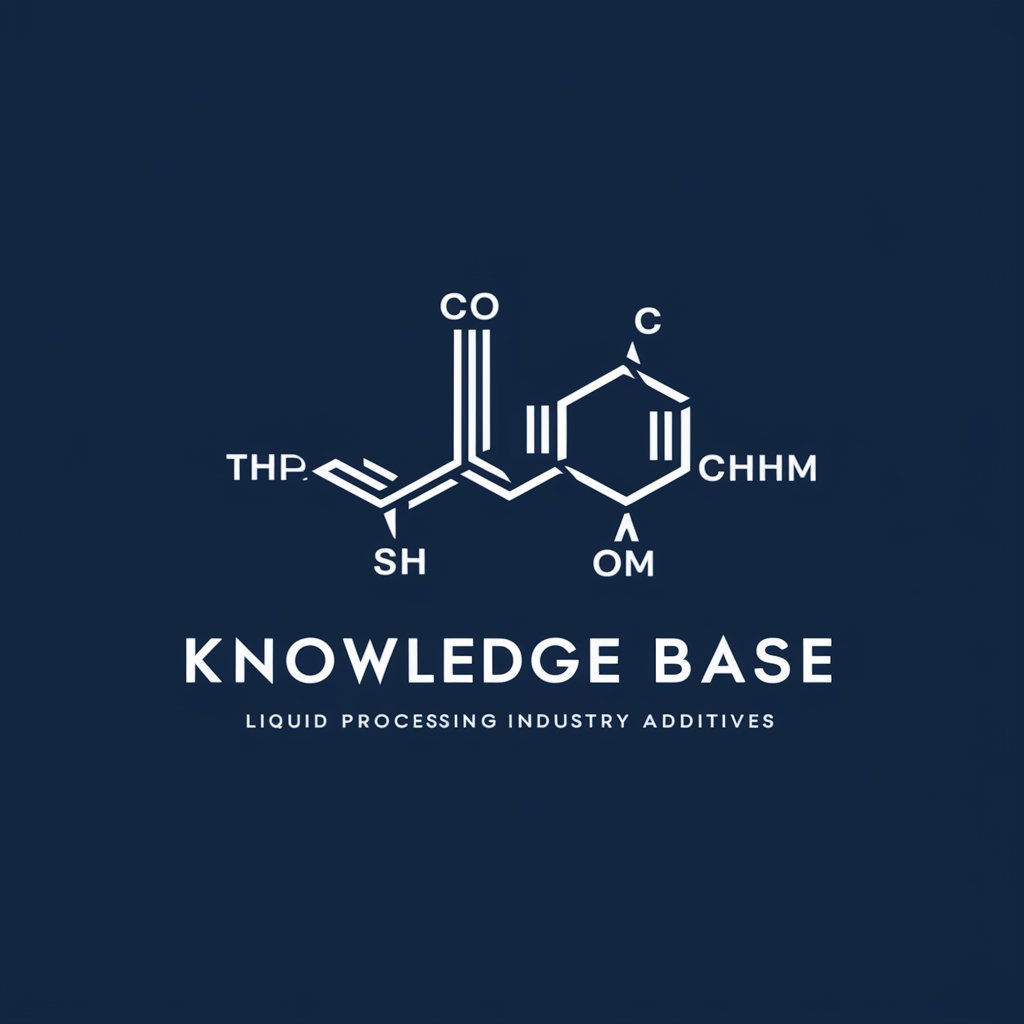膨胀阻燃剂 - Effective Fire Protection

欢迎使用阻燃材料研究助手!
Innovative flame retardancy with 膨胀阻燃剂
Explain the synergistic effects of ADP and MPP in flame retardant composites.
What are the mechanical properties of PA66 when modified with water-absorbing agents?
Describe the process of creating a halogen-free flame retardant PET film.
How does the addition of hydrotalcite impact the flame retardant efficiency of PA66/GF composites?
Get Embed Code
Introduction to 膨胀阻燃剂 (Intumescent Flame Retardants)
膨胀阻燃剂, also known as intumescent flame retardants, are specialized additives used in materials to enhance their fire resistance. Upon exposure to heat or fire, these additives undergo a chemical reaction that causes them to expand significantly, forming a charred, foam-like layer. This layer acts as a barrier, insulating the underlying material from heat and flames, thus slowing down or halting the spread of fire. These flame retardants are often used in various polymers and coatings, offering an effective means of fire protection without compromising the material's properties or functionality. For instance, a study demonstrated the application of aluminum diethylphosphinate (ADP) in combination with other flame retardants to improve the fire resistance of ethylene-vinyl acetate copolymer (EVA) hot melt adhesive used in cable repair【25†source】. Powered by ChatGPT-4o。

Main Functions of 膨胀阻燃剂
Fire Protection
Example
PET Heat Seal Films
Scenario
膨胀阻燃剂 are used in PET heat seal films to improve fire safety. When exposed to fire, the intumescent flame retardant in the film expands, forming a protective layer that reduces heat transfer and prevents the spread of flames. This application is critical in industries where fire safety is paramount【26†source】.
Enhancing Material Properties
Example
Cable Repair
Scenario
In cable repair, an EVA hot melt adhesive mixed with a flame retardant like ADP and others creates a protective layer when exposed to heat. This layer not only enhances the cable's fire resistance but also maintains its electrical insulation properties, making it an ideal solution for repairing aging cables【25†source】.
Environmental Safety
Example
Halogen-Free Solutions
Scenario
膨胀阻燃剂 offer an environmentally safer alternative to traditional halogenated flame retardants. For example, in PET films used for flexible flat cables, intumescent flame retardants replace harmful brominated flame retardants, reducing the emission of toxic gases and smoke during combustion and making the product more eco-friendly【26†source】.
Ideal Users of 膨胀阻燃剂 Services
Manufacturers of Fire-Resistant Materials
Companies that produce materials requiring enhanced fire resistance, such as polymers used in construction, electronics, and automotive industries, benefit from using 膨胀阻燃剂. These additives allow them to create products that meet strict fire safety standards without compromising on quality or performance.
Environmental and Safety Regulatory Bodies
Regulatory bodies focused on environmental safety and fire protection standards use 膨胀阻燃剂 as a reference point to develop and enforce regulations for safer, more sustainable materials. These bodies advocate for the use of such flame retardants to minimize environmental impact and enhance public safety.
Research and Development in Material Science
Researchers and scientists in material science and chemistry who are developing new, advanced materials with improved fire resistance properties are key users. They leverage the unique properties of 膨胀阻燃剂 to innovate and improve material formulations for various applications.

Usage Guidelines for 膨胀阻燃剂
1
For a trial that requires no sign-up, visit yeschat.ai and start exploring the capabilities without the need for ChatGPT Plus.
2
Before application, identify the specific material or scenario where the 膨胀阻燃剂 will be used, such as in enhancing flame retardancy of polymers or as a component in flame-retardant coatings.
3
Calculate the required amount of 膨胀阻燃剂 based on the volume or weight of the material to be treated. It is crucial to adhere to recommended proportions to ensure optimal flame retardant performance.
4
Thoroughly mix or incorporate the 膨胀阻燃剂 into the material. This might involve mechanical mixing for polymers or a solvent-based application for coatings, ensuring uniform distribution.
5
Test the treated material under controlled conditions to evaluate the effectiveness of the flame retardant. Adjust the quantity or method of application based on the results for optimal performance.
Try other advanced and practical GPTs
优质睡眠高手、睡觉(进一步咨询,请加我微信:415818818)
Optimize Your Sleep with AI-Powered Insights

Resin, Pigment,Filler,Additive,Defoamer,Promoter
Empower your creations with AI-driven chemical expertise

中英文对照翻译
Seamless AI-Powered Bilingual Translations

中英文对照翻译
Bridging Languages with AI Precision

中英文对照翻译
Seamless AI-powered bilingual translation

画意照影
Transforming photos into art with AI

中药助手
Revolutionizing Traditional Medicine with AI

Shaanxi
Unlocking China with AI

Social Media Mastermind
Unleash Viral Potential with AI

代碼測試及優化
Elevate Your Code with AI-Powered Optimization

Comic Narrator Pro
Bringing Stories to Life with AI

文境翻译家
Translating Novels, Bridging Cultures

Detailed Q&A about 膨胀阻燃剂
What is 膨胀阻燃剂?
膨胀阻燃剂 refers to a type of flame retardant that expands when exposed to heat, forming a protective char layer that insulates the underlying material from the fire, thereby inhibiting flame spread and combustion.
How does 膨胀阻燃剂 work?
Upon exposure to fire or high temperatures, 膨胀阻燃剂 chemically decomposes to form a foam-like char layer. This expanded layer acts as a barrier, insulating the material from heat, reducing access to oxygen, and slowing down the combustion process.
What are the common applications of 膨胀阻燃剂?
Common applications include incorporation into plastics, textiles, and building materials to enhance their flame retardancy. They are also used in coatings and sealants for fire protection of structural elements and electrical cables.
What are the benefits of using 膨胀阻燃剂?
Benefits include effective fire protection, reduced smoke production, and the ability to be used in a variety of materials. They are often considered more environmentally friendly compared to halogenated flame retardants.
Are there any limitations or considerations when using 膨胀阻燃剂?
While effective, it's important to correctly dose and uniformly distribute 膨胀阻燃剂 within the material. Incompatibility with the base material or incorrect application can affect the material's physical properties or fire retardancy effectiveness.
